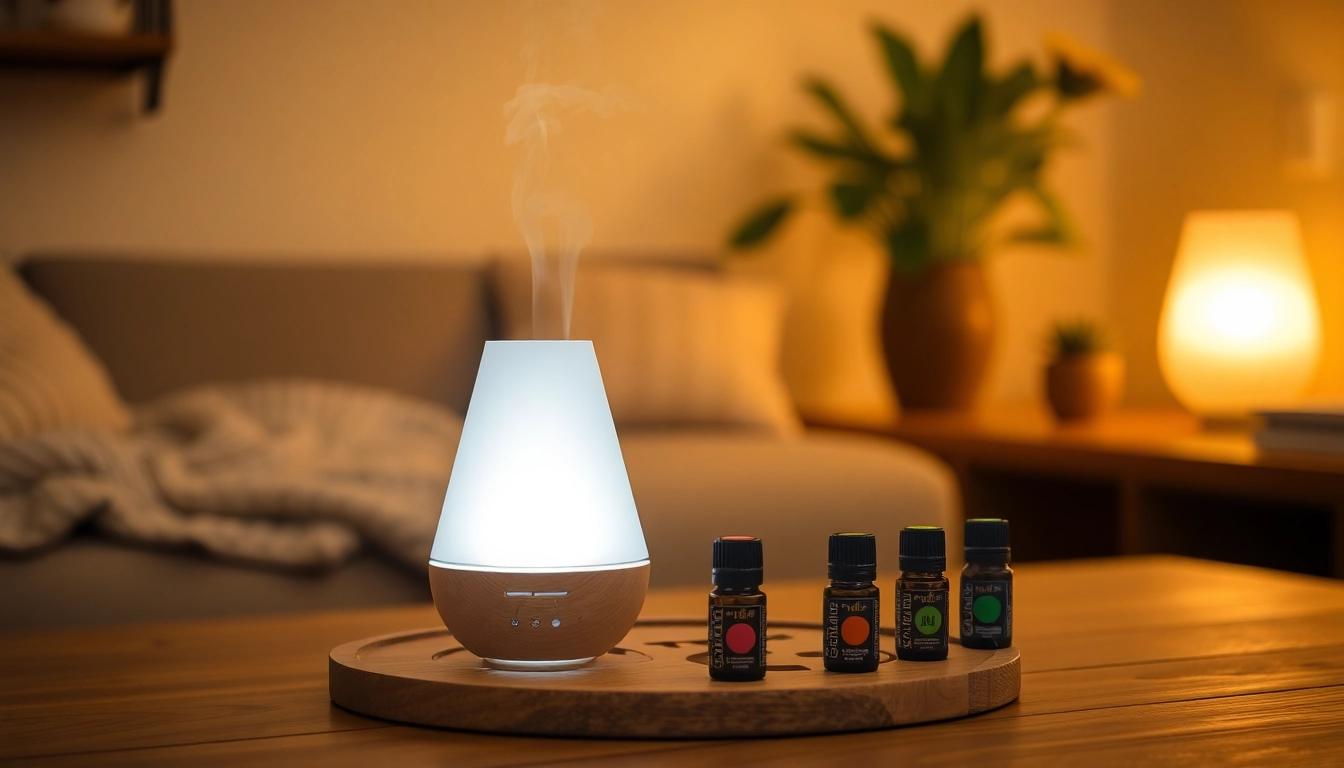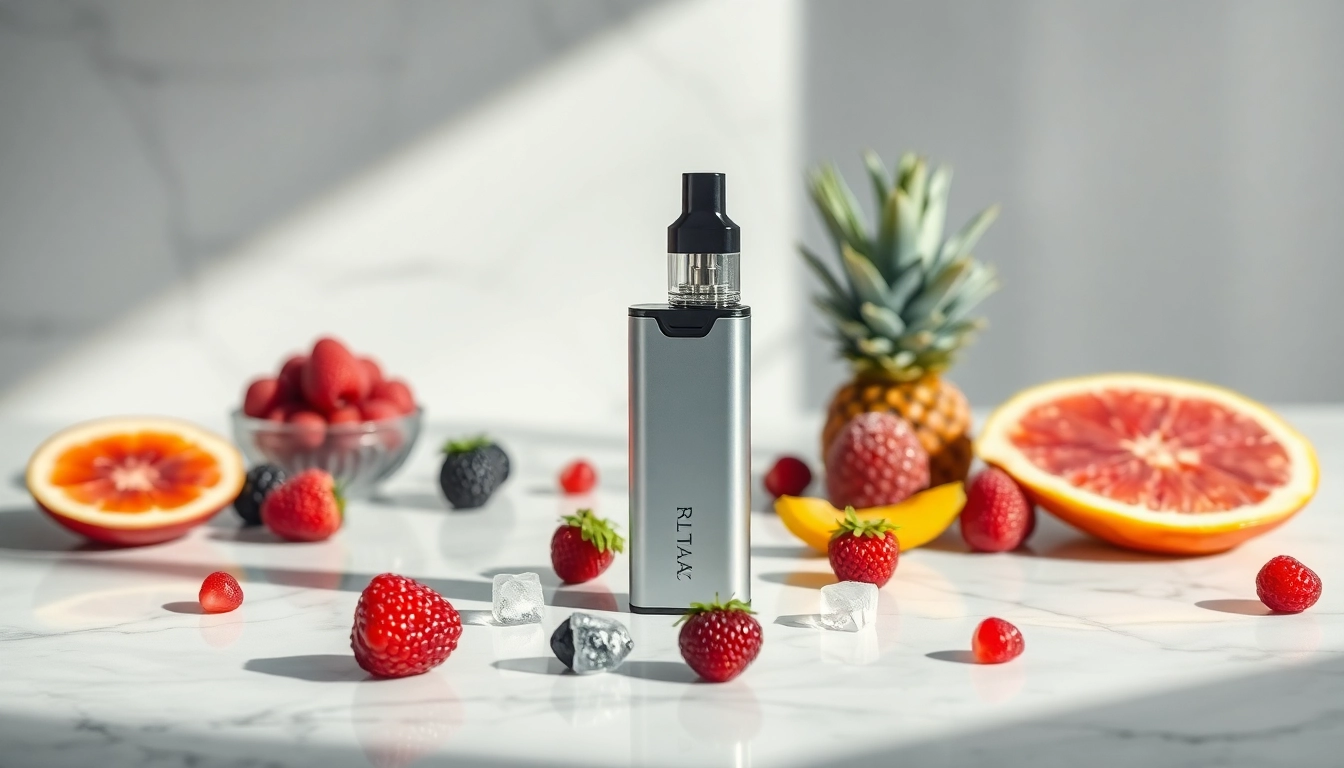
Understanding Essential Oils
What Are Essential Oils?
Essential oils are concentrated extracts derived from various parts of plants, including leaves, flowers, bark, and roots. They capture the characteristic fragrance and beneficial properties of the plant from which they are sourced. Unlike the oils used for cooking, essential oils are primarily used for therapeutic purposes, offering diverse benefits that span from enhancing mood to promoting physical health. These plant extracts are utilized in aromatherapy, cosmetic formulation, natural remedies, and cleaning products. For those looking to elevate their wellness routine, essential oil knowledge is key.
How Essential Oils are Made
The process of extracting essential oils is both an art and a science, typically involving methods such as steam distillation, cold pressing, and solvent extraction. In steam distillation, steam passes through the plant material, causing the oil to evaporate. The steam is then cooled, allowing the oil to separate from water, yielding a pure essential oil. Cold pressing is often used for citrus peels, where the outer layer of the peel is mechanically pressed to release the oil. Solvent extraction employs chemicals to dissolve the oils but is less common due to potential residues. Each method affects the oil’s quality and characteristics, making it essential to understand these origins when choosing products.
Common Uses and Benefits of Essential Oils
Essential oils are celebrated for their wide-ranging applications and benefits. Aromatherapy is one of the most recognized uses, where inhalation of the oils can enhance mood, reduce stress, and promote relaxation. Additionally, they can be used in skincare to improve skin conditions, as some have anti-inflammatory and antibacterial properties. For instance, tea tree oil is popular for acne treatment, while lavender oil is renowned for its calming effects, often helping with sleep disorders. Research also highlights the potential for certain essential oils to aid in supporting immune health, improving focus, and even alleviating physical discomfort.
Popular Essential Oils and Their Unique Properties
Lavender: Calming and Relaxing Qualities
Lavender essential oil is perhaps the most well-known for its calming properties. Studies have shown that lavender oil can help reduce anxiety and improve sleep quality. It’s commonly used in diffusers, pillow sprays, and bath products. Not only does it provide a soothing scent, but it also offers potential benefits for migraines and headaches. Its versatility allows it to be blended with various other oils for enhanced relaxation or uplifting effects.
Peppermint: Energizing and Refreshing Benefits
Peppermint essential oil is invigorating and fresh, making it an excellent choice for improving alertness and concentration. It has been shown to alleviate tension headaches and digestive issues when used appropriately. Many people incorporate peppermint oil into their morning routine, either through diffusion or topical application, to kickstart their day with a burst of energy. Additionally, its cooling effect makes it popular in muscle rubs and after-sun care products.
Eucalyptus: Healing and Respiratory Support
Eucalyptus essential oil is cherished for its antimicrobial properties and its ability to support respiratory health. Often used during cold and flu season, it can help alleviate cough and congestion when inhaled or applied in a steam treatment. The invigorating scent of eucalyptus oil is also revitalizing, making it an excellent addition to wellness products aimed at promoting freshness and clarity. Its natural properties make eucalyptus a staple in many home remedy kits.
How to Choose Quality Essential Oils
Identifying Authentic Essential Oils
Choosing high-quality essential oils is crucial for achieving the desired effects and safety. Authentic essential oils should be 100% pure, without any fillers or synthetic additives. When shopping, look for brands that provide transparency about their sourcing and production methods. Third-party testing and certification can also indicate quality assurance, confirming that the oil is free from contaminants and true to its plant origins.
Understanding Labels and Packaging
The label on an essential oil bottle contains valuable information that can help consumers make informed decisions. Look for terms such as “therapeutic grade,” “100% pure,” or “organic,” which suggest higher quality. Beware of misleading claims like “fragrance oils,” which are synthetically created and lack the health benefits associated with true essential oils. Additionally, proper packaging, such as dark glass bottles, protects the oils from light and degradation, preserving their integrity over time.
Where to Buy Essential Oils Safely
Purchasing essential oils can be done through various channels including online retailers, health food stores, and specialty shops. However, it’s essential to choose reputable vendors to ensure the quality and safety of the oils. Consider buying from brands that practice ethical sourcing and have a strong reputation in the essential oil community. Reading customer reviews and researching the company’s background can provide insight into their reliability and product effectiveness.
Methods of Using Essential Oils
Diffusing Essential Oils for Home Ambiance
Diffusing essential oils is one of the most popular methods of use, transforming the atmosphere of a home with therapeutic scents. Essential oil diffusers release atomized oil particles into the air, allowing users to inhale their fragrant benefits. Different oils can be diffused for various effects; for instance, citrus oils can uplift mood, while woodsy scents may promote grounding and relaxation. Ideal for both daily use and special moments, diffusing creates an inviting space that can enhance well-being.
Topical Application: Best Practices
Topical application of essential oils can provide direct benefits to specific areas of the body. However, it’s important to dilute essential oils with a carrier oil, such as jojoba or coconut oil, to prevent skin irritation. A good rule of thumb is to use a 2-3% dilution for adults; this means adding 12-18 drops of essential oil per ounce of carrier oil. Always perform a patch test before widespread application to ensure there is no adverse reaction, especially for sensitive skin types.
Essential Oils in Bath and Body Care
Incorporating essential oils into bath and body care products offers a luxurious experience while delivering therapeutic benefits. Adding a few drops of essential oil to your bath not only enhances relaxation but can also provide skin benefits depending on the oil chosen. For example, lavender can soothe, while eucalyptus provides a refreshing sensation. Additionally, many skincare routines can be elevated by including essential oils, promoting overall skin health when used correctly.
Maximizing the Benefits of Essential Oils
Combining Essential Oils for Enhanced Effects
Combining essential oils can create synergistic effects, enhancing their therapeutic properties. For instance, blending lavender and chamomile can amplify relaxation while pairing peppermint and eucalyptus may increase energy and mental clarity. When creating your blends, consider the scent profile and therapeutic properties of each oil to formulate effective combinations. However, it’s also crucial to research compatibility and dilution rates to ensure safe application.
Safety Tips for Using Essential Oils
Safety should always be a top priority when using essential oils. Some essential oils may cause skin irritation or allergic reactions, particularly when used undiluted. Pregnant or breastfeeding women, children, and individuals with certain health conditions should consult with a healthcare professional before using essential oils. Additionally, it’s important to store essential oils in a cool, dark place, away from light and heat, to maintain their potency and prevent degradation.
Measuring Effectiveness and Results
To understand the effectiveness of essential oils, individuals can keep a journal documenting their experiences and progress. Noting the specific oils used, methods of application, and perceived benefits can help gauge their impact over time. Additionally, adjusting usage based on personal reactions can lead to a more tailored approach. Regularly reviewing and analyzing these records will provide deeper insights into how various essential oils affect one’s health and well-being.







